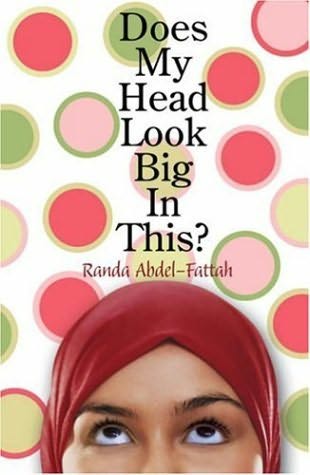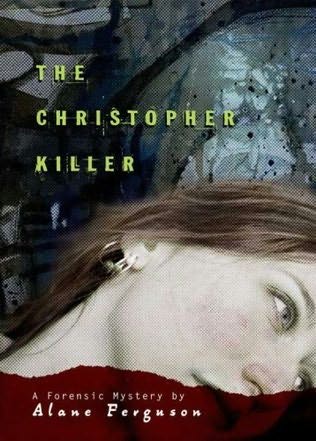 Does My Head Look Big in This? by Randa Abdel-Fattah is a welcome addition to the realistic teen fiction genre. It is the story of Amal, a 17 year old Australian girl who decides to proclaim her faith publicly by wearing a hijab, or Muslim headcovering. The novel is written in Amal's fresh voice, which is a fun combination of sarcastic wisecracking and earnest religious dialoguing with friends and family. Here's what I liked so much about this novel:
Does My Head Look Big in This? by Randa Abdel-Fattah is a welcome addition to the realistic teen fiction genre. It is the story of Amal, a 17 year old Australian girl who decides to proclaim her faith publicly by wearing a hijab, or Muslim headcovering. The novel is written in Amal's fresh voice, which is a fun combination of sarcastic wisecracking and earnest religious dialoguing with friends and family. Here's what I liked so much about this novel: - Amal is a religious teenage protagonist (it seems that religious characters are often used as foils for the main characters)
- Amal is a realistic religious character, who is concerned with the same frienship/guy/family issues as non-religious teens would be, but doesn't act high-and-mighty because of her religion
- It addresses many common misconceptions and fears people have about Islam
- I love the Australian slang! (I have worked with lots of Australians and have always enjoyed the slang terms they use-- lots of creative abbreviations, and adjectives, especially. I mean, who doesn't love the word "dag"?)
The only issue I had with the novel is that it could have used a little more editing for clarity and brevity; it seemed that the author had a lot to say, and used Amal as a vehicle for getting across her point of view. I think it's an extremely important and relevant read, however, so I'm giving it 3 1/2 out of 4 Bananas!
Abraham Lincoln Illinois High School Book Award 2010 Nominee


